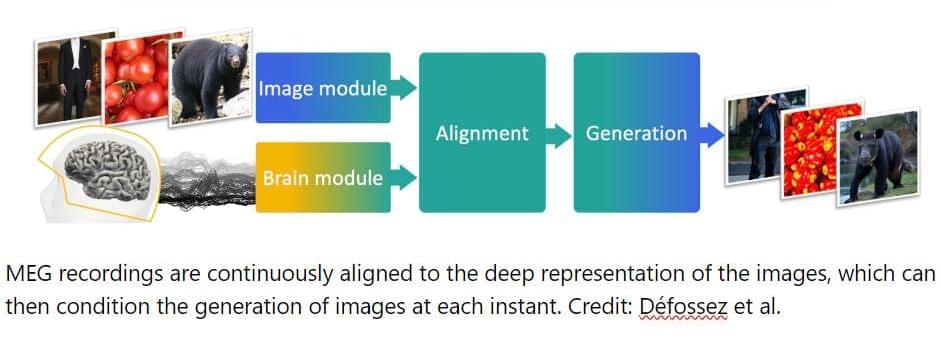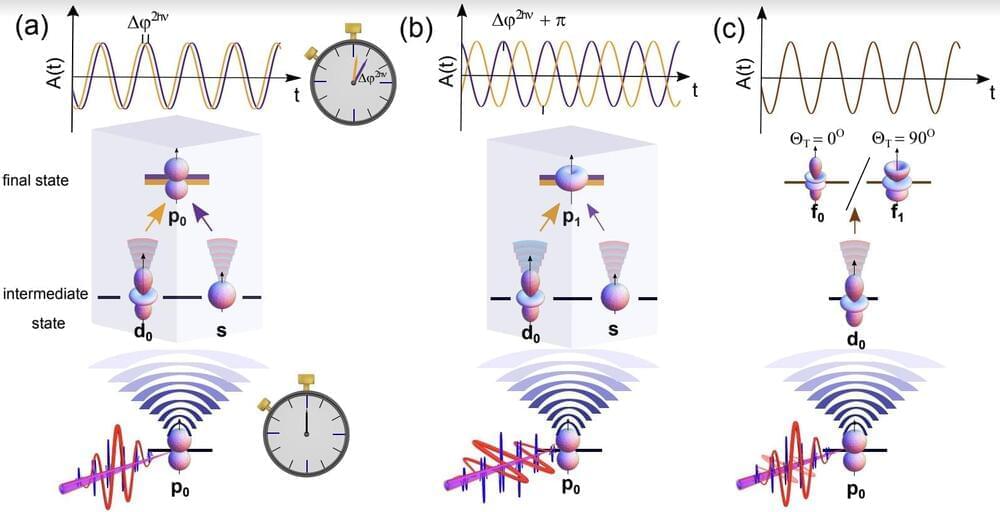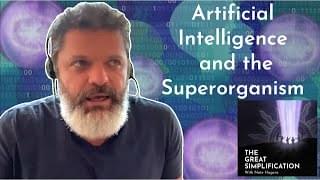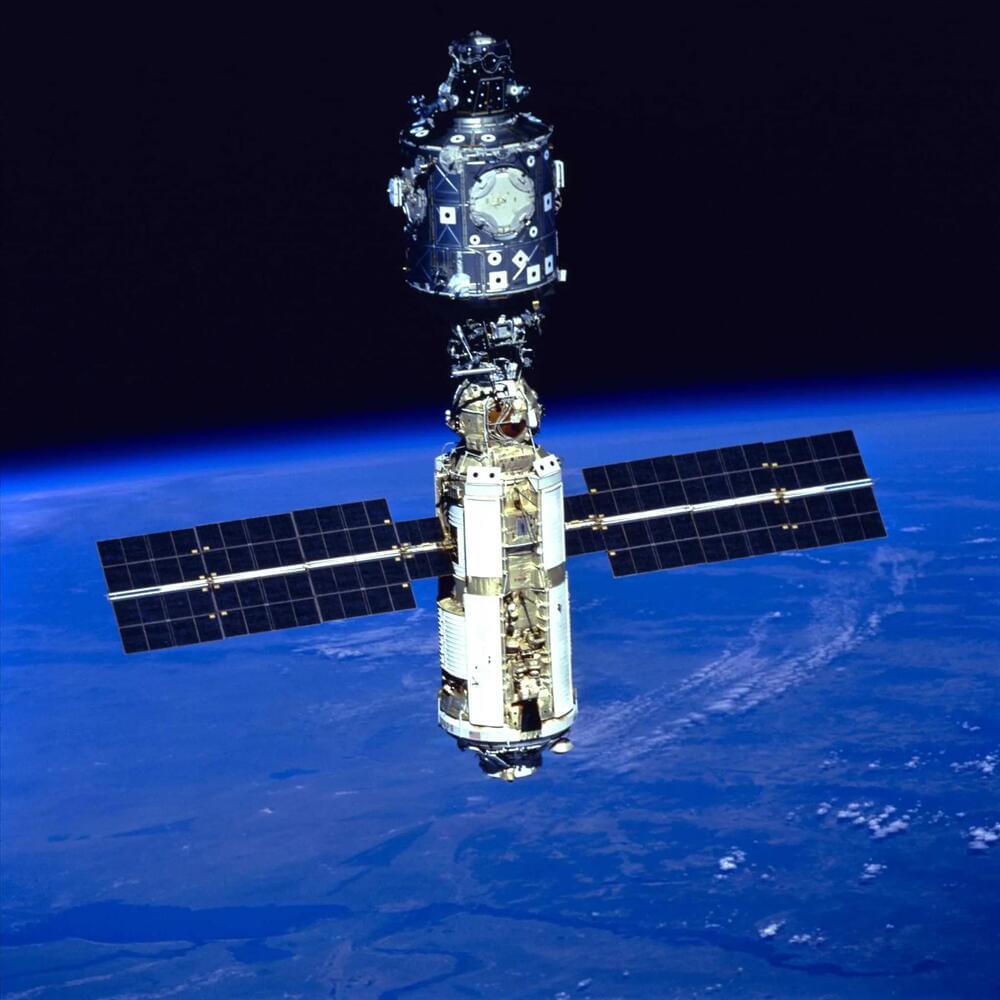
Recent technological advancements have opened invaluable opportunities for assisting people who are experiencing impairments or disabilities. For instance, they have enabled the creation of tools to support physical rehabilitation, to practice social skills, and to provide daily assistance with specific tasks.
Researchers at Meta AI recently developed a promising and non-invasive method to decode speech from a person’s brain activity, which could allow people who are unable to speak to relay their thoughts via a computer interface. Their proposed method, presented in Nature Machine Intelligence, merges the use of an imaging technique and machine learning.
“After a stroke, or a brain disease, many patients lose their ability to speak,” Jean Remi King, Research Scientist at Meta, told Medical Xpress. “In the past couple of years, major progress has been achieved to develop a neural prosthesis: a device, typically implanted on the motor cortex of the patients, which can be used, through AI, to control a computer interface. This possibility, however, still requires brain surgery, and is thus not without risks.”









